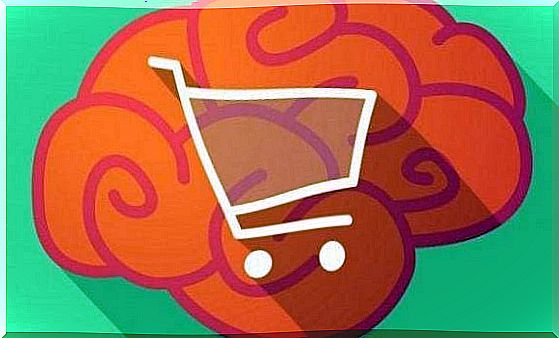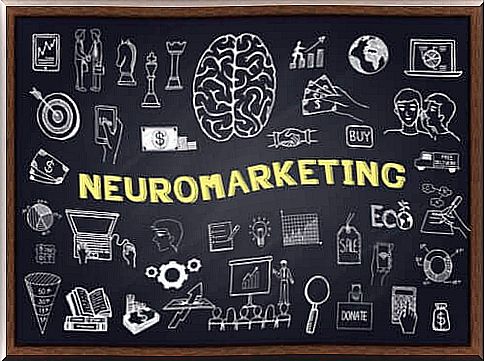The Branded In Memory Experience And The Remembrance Of Brands

The Branded in Memory experiment shows us that human memory is not just a warehouse for storing data. The human brain does not function like a machine, and functions such as memory are also endowed with imagination and creativity. In other words, there are great variations in how each person remembers things.
Large companies around the world are committed to reinforcing the memory of their brand. To do this, they create logos and slogans that easily and quickly enter the memory of their entire audience. The objective is, for example, by looking at a logo, to identify with the company to which it belongs. However, the Branded in Memory experience proves that this does not always work.
The discovery of the Branded in Memory experiment is interesting because it shows that the human mind is not as malleable as one might think. These deformations in memory show that people appropriate the content they receive and organize them in their own way. No matter how hard you try to imprint a brand on the mind: you don’t quite get there.
The Branded in Memory experience

The Branded in Memory experience was published by the Sings portal . After a study on this topic, it was determined that the brands Apple, Ikea, 7-Eleven, Starbucks, Target, Walmart, Adidas, Burger King, Domino’s and Foot Locker had a large potential for recall among users and were very present in the daily life of many US citizens.
For this, 156 volunteers of different ages were recruited – men and women equally -, the average being 34 years. They were asked to draw, as accurately as possible, the logos of some of these companies. Here we wanted to check the degree of memorization of these symbols.
Let us recall here that a logo is a symbol used in advertising to represent and identify a brand. They are created with great care: the goal is to be easily recognizable by users and to convey certain sensations. Therefore, logos are present in all of a company’s products, as well as in their advertisements, etc.
Frequent viewing of these logos makes people familiar with them and identify the brand with just a glance. This symbol also conveys a certain image of the company and certain values specific to the latter.
The initial results
The Sings team managed to put together a total of 1,500 logo designs developed by the volunteers. These drawings were carefully examined by the researchers, who discovered multiple surprises. The first of these was that people did indeed remember the logos and associate them with the corresponding brands, but at the time of drawing them were very inaccurate.
The logo that the volunteers reproduced best was the Ikea logo, but only 30% of those who took part in the Branded in Memory experiment managed to draw it correctly. The logo that was reproduced the least well was that of Starbucks: only 6% of the subjects were able to do so. The most common mistake was to draw the mermaid without a crown.
The researchers found that, in fact, these logotypes are fuzzily stored in memory. It’s not something that we pay a lot of attention to. We therefore concluded that the simpler a logo, the more easily it is remembered. For example, one in five people were able to faithfully reproduce the Apple logo, even though 15% of them drew the bite in the apple on the opposite side.
Other results

Another finding from this study is that people tend to remember the initial company logos. For example, in the case of Burger King, many of the volunteers drew a crown, even though this element was removed from the logo 50 years ago. In addition, many of the participants drew the Apple logo with colors, although these were removed in 1998.
In addition, it was discovered that people mostly remembered the colors of logos. This was the aspect that had been most faithfully reproduced, suggesting that it has a high level of recollection. On the other hand, people tend to delete details like upper and lower case letters, small figures, etc. from their memory.
In reality, we only engrave in our memory what piques our interest and logos are not precisely the things that require the most attention from people. It is however clear that many people globally remember brands through their logos and that these constitute a very strong element of identity for companies.









